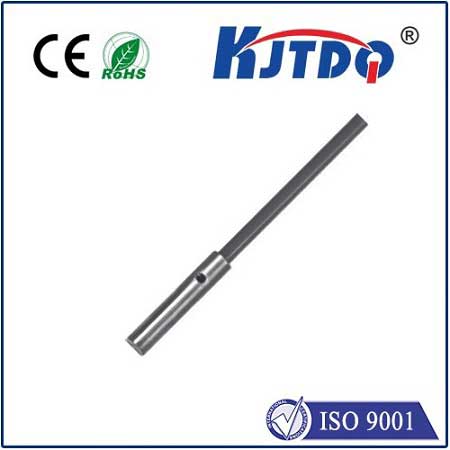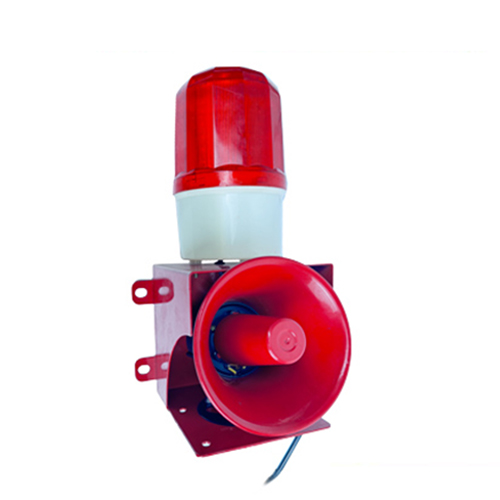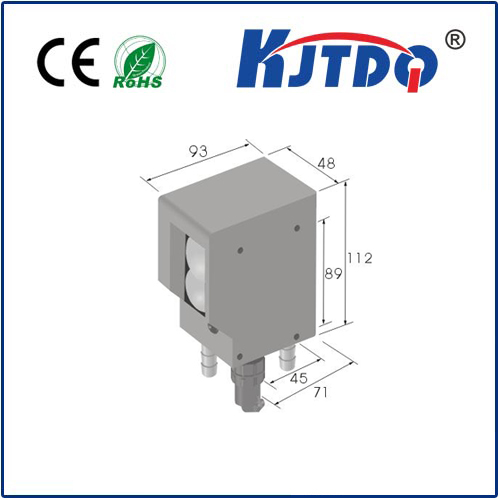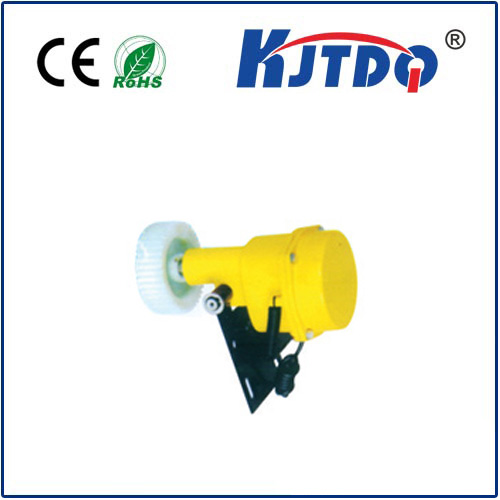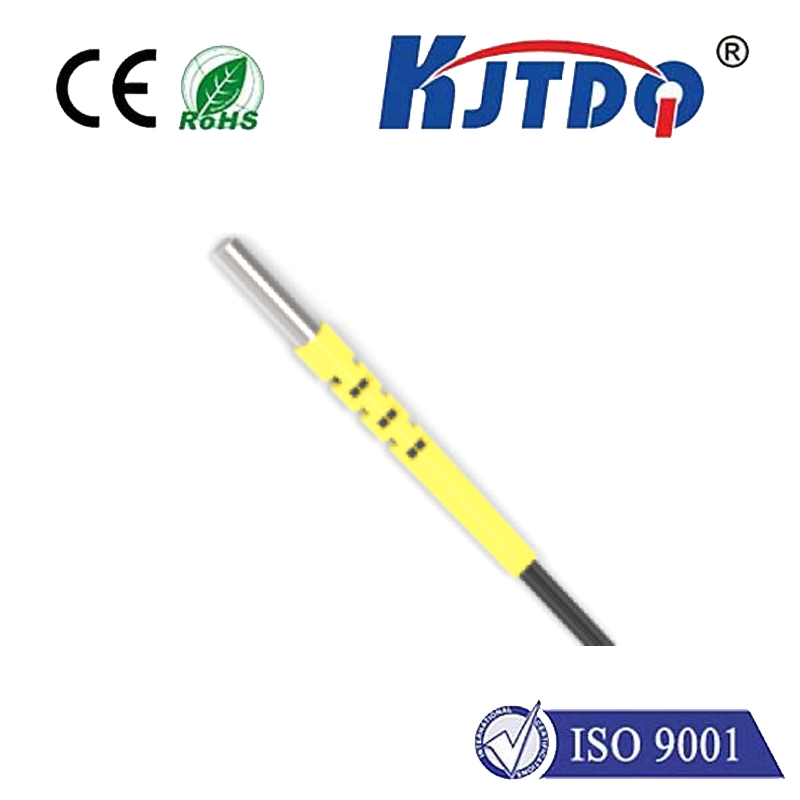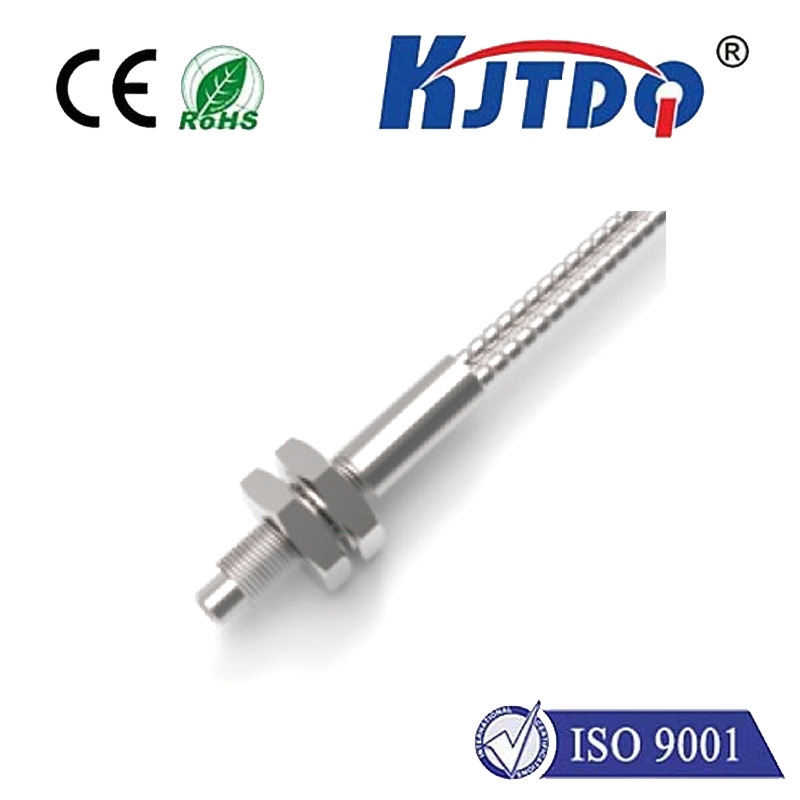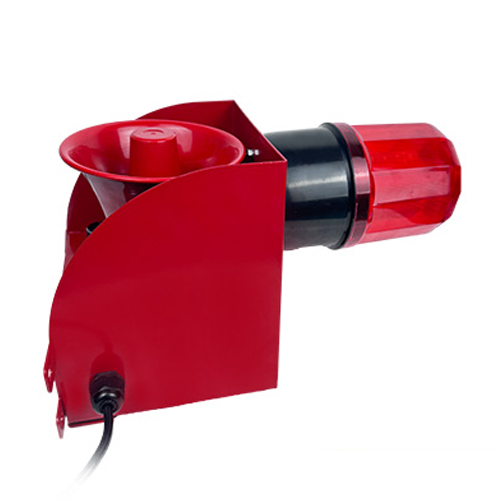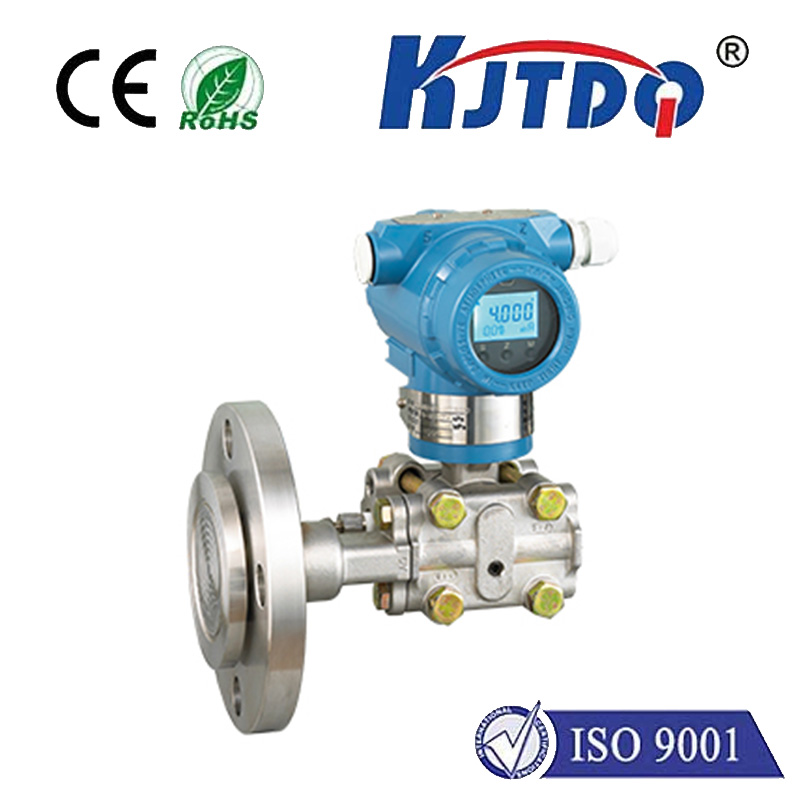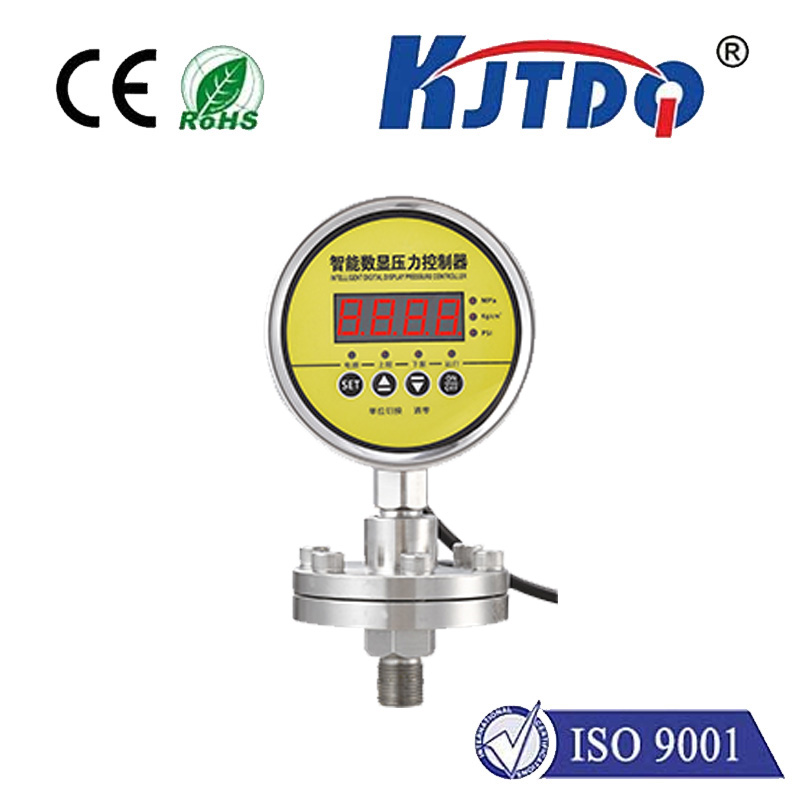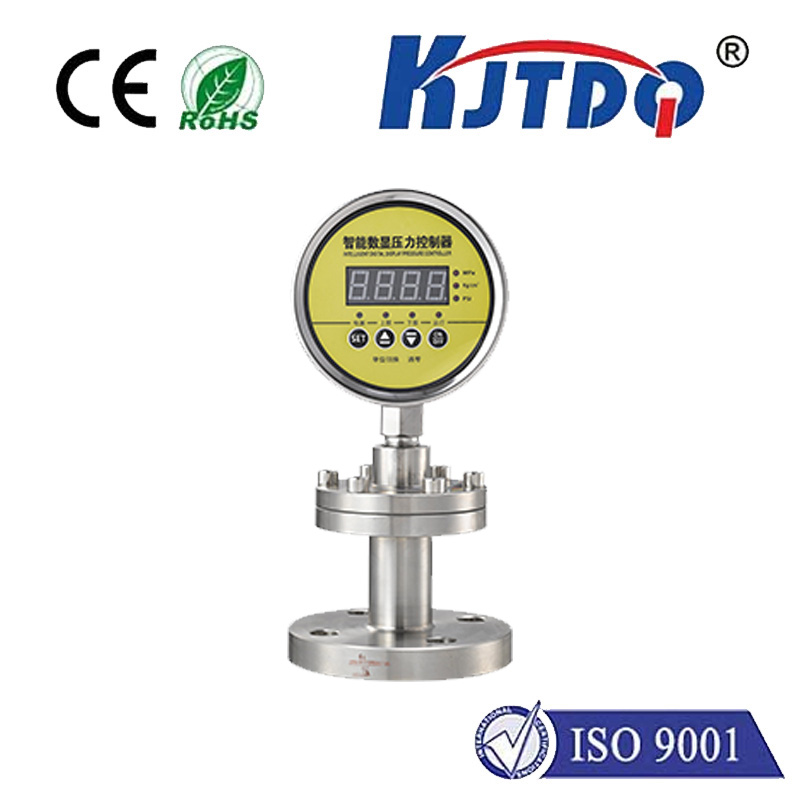photodiode optical sensor
- time:2025-08-15 02:11:31
- Нажмите:0
Unlocking Light Detection: The Essential Role of Photodiode Optical Sensors
Light is more than just illumination; it’s a carrier of information. Detecting, measuring, and interpreting light signals form the backbone of countless modern technologies, from your smartphone’s ambient light sensor to complex scientific instruments. At the heart of this pervasive capability lies a remarkably versatile and efficient component: the photodiode optical sensor. This semiconductor device is the unsung hero quietly translating photons into usable electrical signals across an astonishing range of applications.
Understanding the Core: How a Photodiode Optical Sensor Works
Fundamentally, a photodiode is a specialized type of diode. It contains a PN junction—a boundary between positively (P-type) and negatively (N-type) doped semiconductor materials. When this junction is exposed to light (photons), a fascinating physical phenomenon occurs: the photoelectric effect. Photons possessing sufficient energy (determined by the semiconductor’s material, like silicon, germanium, or InGaAs) can dislodge electrons from the atomic structure within the junction region, creating electron-hole pairs.
Biasing, typically reverse bias, is crucial. Applying a reverse voltage widens the depletion region at the PN junction, creating a strong electric field. This field acts like a separator, swiftly sweeping the newly generated electron-hole pairs apart. Electrons accelerate towards the N-side, holes towards the P-side. This directional movement of charge carriers constitutes a measurable photocurrent. Critically, the magnitude of this photocurrent is directly proportional to the intensity of the incident light. This linear relationship is the cornerstone of photodiode functionality, enabling precise optical sensing.
Key Characteristics: What Defines Performance?

Selecting the right photodiode optical sensor hinges on understanding its key performance parameters:
- Responsivity ®: This measures how efficiently the photodiode converts light into electrical current. Expressed in Amperes per Watt (A/W), it quantifies the output current generated per unit of input optical power. Higher responsivity indicates greater sensitivity.
- Quantum Efficiency (QE): A fundamental metric, QE represents the percentage of incident photons that successfully generate an electron-hole pair contributing to the photocurrent. A high QE (e.g., 80% or above) is highly desirable for low-light sensing.
- Spectral Response: Not all photodiode optical sensors “see” light the same way. The spectral response defines the range of wavelengths (colors) to which the device is sensitive. Silicon photodiodes excel in the visible and near-infrared (NIR) range (~400-1100 nm), while germanium or InGaAs extend further into the infrared. Matching the spectral response to the target light source is critical.
- Response Speed / Bandwidth: This defines how quickly the photodiode can react to changes in light intensity. It’s determined by factors like junction capacitance and carrier transit time. High-speed photodiodes (bandwidths into GHz) are essential for fiber optic communications and time-of-flight measurements.
- Dark Current (Id): Even in complete darkness, a small reverse leakage current, called dark current, flows through the photodiode. This noise source increases with temperature and bias voltage. Low dark current is crucial for detecting extremely weak light signals.
- Noise Equivalent Power (NEP): This critical parameter represents the minimum optical power required to produce a signal equal to the noise level, essentially defining the detection limit. Lower NEP signifies better sensitivity for faint light detection.
Ubiquitous Applications: Where Photodiode Optical Sensors Shine
The simplicity, robustness, speed, and cost-effectiveness of photodiode optical sensors make them indispensable in a vast array of fields:
- Optical Communications: They are the workhorses in fiber optic receivers, converting modulated light pulses back into electrical signals for high-speed data transmission (internet, telephony).
- Industrial Automation & Sensing: Photodiode sensors enable precise object detection (presence/absence, counting, positioning), barcode scanning, color sensing for sorting, and thickness measurement in manufacturing lines.
- Medical Instrumentation: Critical roles include pulse oximeters (measuring blood oxygen saturation by detecting absorbed light through tissue), blood analyzers, lab equipment detecting fluorescence or absorbance, and even some imaging technologies.
- Consumer Electronics: From ambient light sensors that automatically adjust screen brightness on phones and laptops to remote control receivers (IR photodiodes) and optical smoke detectors, they enhance user experience and device functionality.
- Scientific Research: Used extensively in spectroscopy (analyzing light spectra), laser power monitoring, radiometry (measuring light intensity), particle detection, and environmental monitoring instruments.
- Safety & Security: Forming the core of light barriers for machine safety gates, intrusion detection systems (breaking a light beam), and flame detection sensors.
Why Photodiodes? Key Advantages Over Alternatives
While other optical sensors exist (like phototransistors or Charge-Coupled Devices - CCDs), photodiode optical sensors offer compelling advantages:
- High Speed: Significantly faster response times than phototransistors, essential for modern high-bandwidth applications.
- Excellent Linearity: The photocurrent exhibits a highly linear relationship with light intensity over a wide range, crucial for precise measurement.
- Broad Spectral Range: Available in materials covering UV, visible, NIR, and IR wavelengths.
- Low Noise: Especially important for detecting faint signals. Photodiode optical sensors generally exhibit lower noise than phototransistors.
- Compact Size & Simplicity: Small form factors and relatively simple interfacing electronics make them easy to integrate.
- Cost-Effectiveness: Generally economical and readily available for mass production.
Present Trends and Future Horizons
The evolution of photodiode optical sensors continues. Research focuses on enhancing performance through novel materials like organic semiconductors or perovskites, improving QE and extending spectral ranges further. Integration is another key trend, with photodiodes increasingly being combined with amplifiers, analog-to-digital converters (ADCs), and signal processing circuits directly onto a single chip, creating highly compact, intelligent “sensor systems on chip.” This enables smaller, smarter, and more energy-efficient sensing solutions. Furthermore, the push towards multi-spectral and imaging photodiodes (e.g., SPADs - Single Photon Avalanche Diodes for lidar) opens doors for even more sophisticated perception capabilities, vital for autonomous vehicles and advanced machine vision.
In Essence
From enabling the global flow of data through fiber optics to safeguarding industrial machinery and monitoring our health, the humble photodiode optical sensor is a fundamental pillar of the modern technological landscape. Its elegant principle—the conversion of light into electrical current via the photoelectric effect—combines with desirable characteristics like speed, linearity, and adaptability to create an exceptionally versatile sensing solution. As materials science and integration technologies advance, the capabilities and applications of these indispensable optical sensors will only continue to expand, silently shaping our interaction with light and the information it carries.

